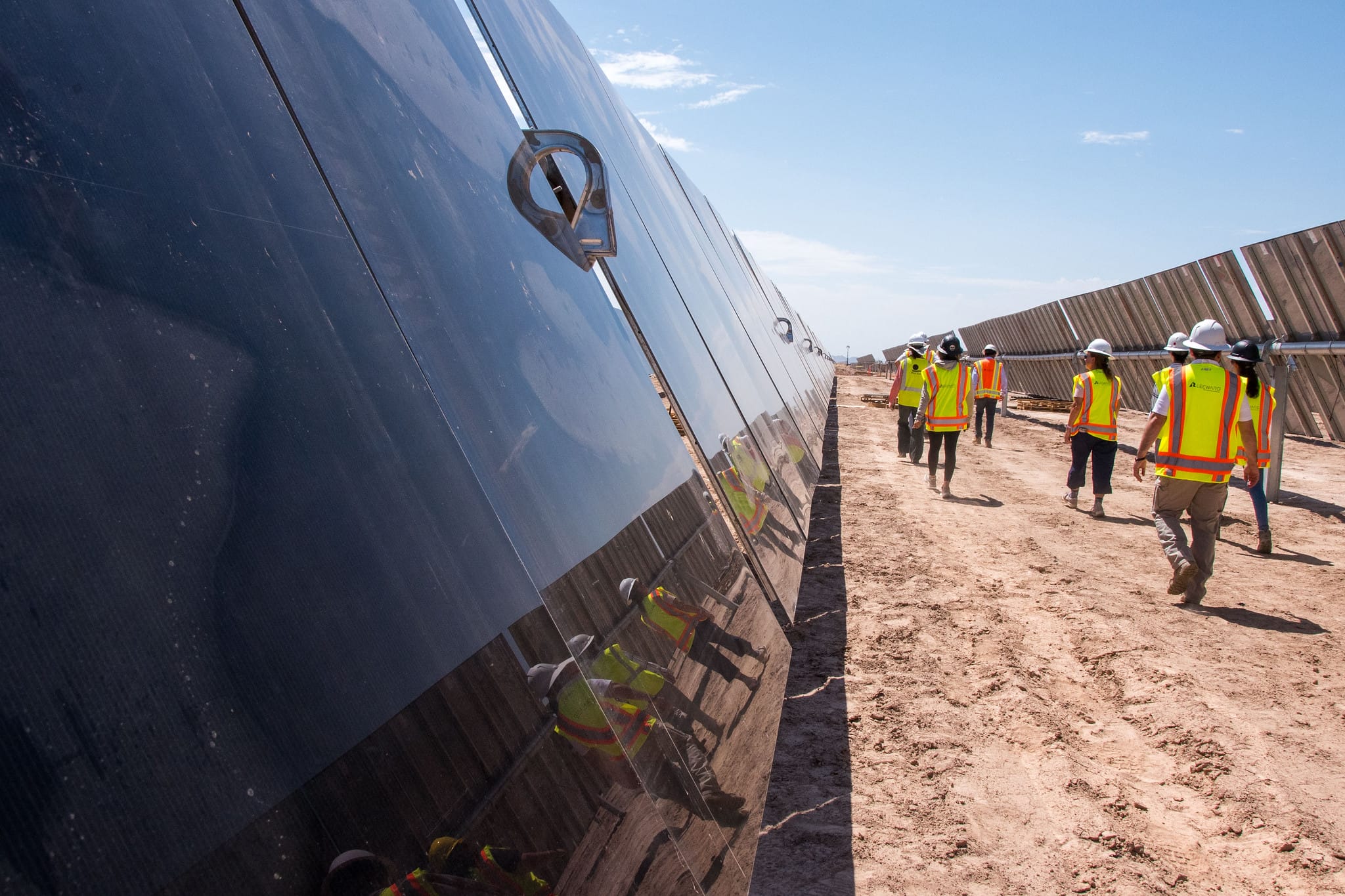
Hunting, fishing organizations welcome a responsible approach to solar energy development on public lands
Contact:
- Tasha Sorensen, Western Energy Lead, Trout Unlimited – tasha.sorensen@tu.org
- Zoe Bommarito, National Advocacy Communications Director, Trout Unlimited – zoe.bommarito@tu.org
DENVER — The Bureau of Land Management (BLM)’s Final Programmatic EIS and Proposed Resource Management Plan Amendments would support an updated siting and permitting framework across 11 western states for management of utility-scale solar energy development on public lands. The plans would allow development near existing and planned transmission lines and on previously disturbed lands, all while avoiding important fish and wildlife habitat, cultural and Tribal resources, and recreational opportunities.
“Renewable energy buildout on public lands must be thoughtful, cautious and informed – ensuring that we conserve important wildlife habitat, protect hunting and fishing opportunities, and avoid impacts to cultural and Indigenous resources – as we strive for cleaner energy.” said Bailey Brennan, Public Lands counsel with the National Wildlife Federation. “The BLM’s improved approach to siting and permitting solar development will help achieve these goals, balancing public lands’ many uses.”
“Trout populations throughout the West face many challenges, not the least of which is climate change and land uses that place additional stress on shrinking native and wild trout habitat. While the plan does not include specific criteria for important fish habitat, we are encouraged that the exclusions would preclude development in areas subject to conservation agreements, such as habitat for many native trout species,” said Tasha Sorensen, Western energy lead with Trout Unlimited. “We look forward to working with the BLM to implement this important safeguard appropriately and ensure renewable energy development balanced with the protection and restoration of wild and native trout.”
“As the country grapples with the need to meet energy demands, it’s crucial to approach the development of solar energy with the perspective that wildlife and solar can coexist on the landscape,” said Joel Webster, interim chief conservation officer for the Theodore Roosevelt Conservation Partnership. “TRCP appreciates refinements made by the BLM to the Western Solar Plan that will help maintain seasonal habitats that are crucially important for the West’s big game herds.”
“Our nation’s public lands are at the center of our outdoor traditions, providing countless opportunities for sportsmen and women. We thank the BLM for taking into consideration the importance of intact wildlife habitat, including migration corridors, in their final Western Solar Plan,” said Kaden McArthur, government relations manager for Backcountry Hunters & Anglers. “Doing so will ensure that as our country continues to develop energy, we avoid detriments to treasured public resources like our wildlife.”
Publication of the proposed final resource management plan amendments initiates a 30-day protest period running through September 30. The BLM anticipates finalizing the plan before the end of the year.
Learn more about responsible energy development: https://www.tu.org/conservation/conservation-areas/land-management-and-development/responsible-energy-development/

